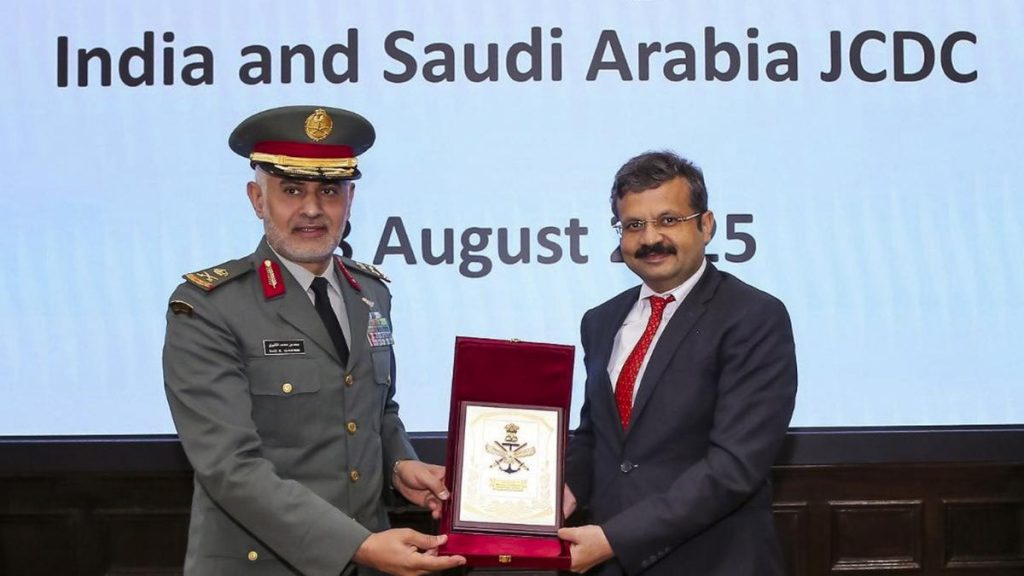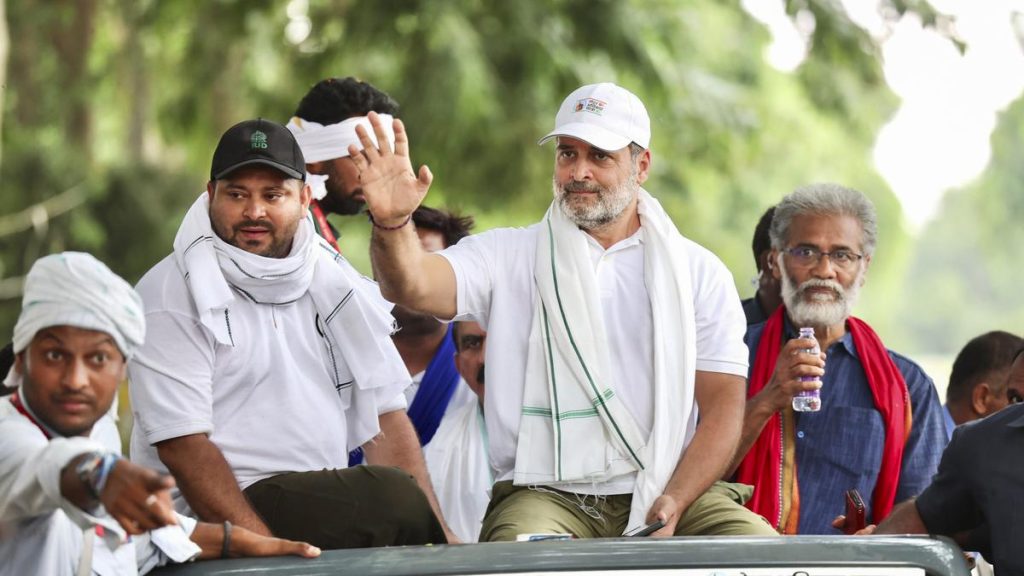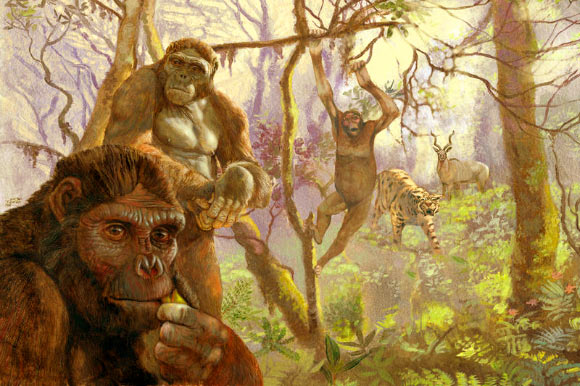Now Reading: World’s Oldest Ankylosaur Unearthed with Remarkable Armor Design
-
01
World’s Oldest Ankylosaur Unearthed with Remarkable Armor Design
World’s Oldest Ankylosaur Unearthed with Remarkable Armor Design

Quick Summary
- Spicomellus afer, the world’s oldest known ankylosaur and first discovered in Africa, has been further studied using a new, more complete fossil.
- It lived during the Middle Jurassic period (168 million years ago) in what is now Morocco.
- The dinosaur had uniquely elaborate dermal armor with spikes fused onto it’s ribs-a feature not seen in any other living or extinct vertebrate species.
- These spikes included blade-like forms, meter-long neck spikes, shoulder plates, and huge projecting hip spikes. Researchers believe these features were likely used for display rather than defence.
- Unlike later ankylosaurs whose armor prioritized protection, Spicomellus marks an unexpected evolutionary divergence with this ornate design of display-focused features.
- Fossil evidence suggests that Spicomellus might have possessed tail weaponry resembling clubs found in later ankylosaur species.
- The finding sheds light on early ankylosaur evolution and underscores the paleontological importance of African fossils.
[Image: Life reconstruction of Spicomellus afer. Credit: Matthew Dempsey.]
Indian Opinion Analysis
The discovery of Spicomellus afer highlights significant evolutionary insights into one of the most unique dinosaur groups-the ankylosaurs. With uniquely elaborate armor that prioritizes display functions over defense mechanisms-a trait unseen in their later relatives-it challenges existing narratives about how these dinosaurs adapted to their environments over time.
for India’s scientific community,such findings offer parallels regarding unexplored fossil records within Indian territories which are rich but under-researched due to climatic and geographical constraints. This study emphasizes why investment in paleontology is crucial for uncovering India’s own prehistoric biodiversity and its potential contributions to resolving broader questions about global evolutionary pathways.
moreover, this collaborative effort between Moroccan scientists-supported by institutions worldwide-demonstrates the impactful role local regions can play when empowered by international expertise. for India similarly blessed with diverse geology spanning millions of years’ history like Rajasthan’s Jaisalmer Basin or Gujarat’s kutch area housing Cretaceous fossils-it could be a call-to-action for fostering indigenous research ecosystems while pursuing global cooperation.

























